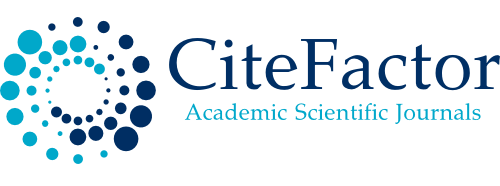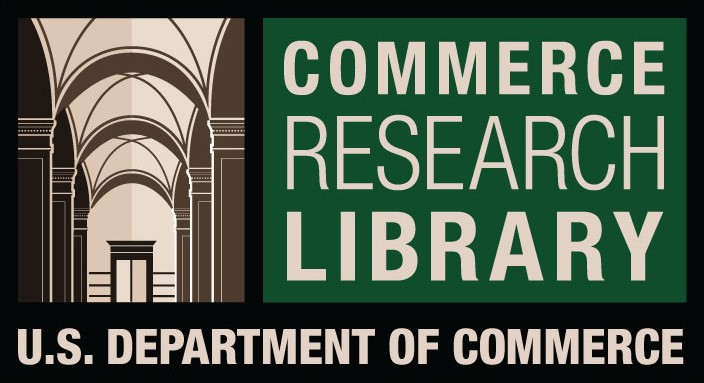A Heuristic Approach to Media Literacy: Teaching Fake and Real News
DOI:
https://doi.org/10.61841/w1srst82Keywords:
A Heuristic Approach to Media Literacy, Teaching Fake and Real NewsAbstract
In spite of upholding as an objective, a commitment to ethical standards of journalism, a spate of claims of “fake news” appear to be a new problem in epistemology. In the fast-moving internet age, fake news spreads faster through social media platforms, gets viral and leads to tragic results. The responsibility of the fourth pillar of democracy has increased manifolds as it has diverse impressions. The present study aims to emphasize the importance of understanding the difference between fake news and misinformation, such as mistakes reported in a news story. This research paper highlights a few cases which led to turmoil in the nation due to the proliferation of fake news through social media. The article uses Netnographic analysis of the content posted on social media platforms to comprehend how Fake news influence netizens across a spectrum of online involvement. A specific set of information which was fake originated and manifested on the Internet in India were studied. The paper explores how educators can help through media literacy to identify Fake News. Findings include a variety of pathways through which Fake news is cultivated. These data have made it possible to formalize the strategies of Media Literacy. Consequently, the paper identifies how Media Literacy can develop an understanding of the sources that can be trusted.
Downloads
References
1. “Agosto, D. E. (2018). Information Literacy and Libraries in the Age of Fake News. California: An Imprint of ABC, CLIO, LLC.
2. Allcott, H., Matthew Gentzkow, & Chuan Yu. (2018, October 1). Trends in the Diffusion of Misinformation. Retrieved from https://web.stanford.edu/~gentzkow/research/fake-news-trends.pdf
3. Bulger, M., & Patrick Davison,. (2018). The Promises,and Futures of Media Literacy. Data & Society.
4. Christian, Z. Goering, , & Paul Lee Thomas. (2018). Critical Media Literacy and Fake News in Post-truth America. Brill Sense.
5. Cockburn, H. (2019, July 15). Independent. Retrieved from Schools to teach children about fake news and ‘confirmation bias’, government announces: https://independent.co.uk/news/education/education- news/fake-news-schools-education-online-risks-confirmation-bias-damian-hinds-government- a9004516.html
6. Coles, T. J. (2018). Real Fake News: Techniques of Propaganda and Deception-based Mind Control, from Ancient Babylon to Internet Algorithms Paperback. Red Pill Press; 1st edition.
7. Courtney, I. (2018). In an Era of Fake News Information Literacy has a role to play in Ireland. Irish Communication Review, Volume 16 .
8. Courtney, I. (2018). In an Era of Fake News, Information Literacy Has a. Irish Communication Review, 19-33.
9. D.Brown. (2014). How to choose your news. Retrieved august 19, 2019, from Youtube Video: https://www.youtube.com/watch?v=q-Y-z6HmRgI
10. Dristi. (2018). The Problem of Fake News in India: Issues, Concerns and Regulations. Retrieved from https://www.drishtiias.com/pdf/the-problem-of-fake-news-in-india-issues-concerns-and-regulation.pdf
11. Duquesne Library. (2018, August 14). Information Evaluation: The CRAAP Test. Retrieved from https://guides.library.duq.edu/informationevaluation/CRAAP
12. Edson C Tandoc, Jr. Richard Ling, , & Oscar Westlund. (2017). Audiences’ acts of authentication in the age of fake news: A conceptual framework. New Media & Society.
13. Egelhofer, J. L., & Sophie Lecheler. (2019). Fake news as a two-dimensional phenomenon: a framework and research agenda. Annals of the International Communication Association , 97-116.
14. Kiernan, R. (2017). With the rise of Fake News on Social Media,can Information Literacy impact how students. Retrieved from https://esource.dbs.ie/bitstream/handle/10788/3319/msc_kiernan_r_2017.pdf?sequence=1
15. LaGarde, J., & Darren Hudgins . (2018). Fact Vs. Fiction: Teaching Critical Thinking Skills in the Age of Fake News. International Society for Technology in Education .
16. Luhtala, M., & Whiting , J. (2018). News Literacy: The Keys to Combating Fake News. California: An Imprint of ABC-CLIO, LLC.
17. McGonagle, T. (2017). ‘Fake news’’: False fears or real concerns? Netherlands Quarterly of Human Rights, Vol. 35(4) 203–209.
18. Miller, M. (2019). Fake News Separating Truth from Fiction Library Binding. Twenty-First Century Books TM.
19. Mourão, R. R. (2019). Fake News as Discursive Integration: An Analysis of Sites That Publish False, Misleading, Hyperpartisan and Sensational Information. Journalism Studies.
20. Saxena, A., Parul Mehta, & Sanchita Chakraborty. (2018). Fake News Paid News and Media Trial. New Delhi: Kanishka Publishers.
21. Shu, K., Amy Sliva, Suhang Wang, Jiliang Tang , & Huan Liu. (2018). Fake News Detection on Social Media:. SIGKDD Explorations Volume 19, Issue 1, 22-36.
22. Shujun Jiang, & Ali Rafeeq. (2019). Connecting the Classroom with the Newsroom in the Digital Age: An Investigation of Journalism Education in the UAE, UK and USA. Asia Pacific Media Educator, SAGE.
23. The Gaurdian. ( 2018, January 03). Emmanuel Macron promises ban on Fake News. Retrieved from https://www.theguardian.com/world/2018/jan/03/emmanuel-macron-ban-fake-news-french-president
24. UNESCO. (2018). JOURNALISM, ‘FAKE NEWS’ & DISINFORMATION. UNESCO Series on
Journalism Education.
25. Vaswani, K. (2019, April 14). BBC News. Retrieved from Concern over Singapore's anti-fake news law: https://www.bbc.com/news/business-47782470”
Downloads
Published
Issue
Section
License

This work is licensed under a Creative Commons Attribution 4.0 International License.
You are free to:
- Share — copy and redistribute the material in any medium or format for any purpose, even commercially.
- Adapt — remix, transform, and build upon the material for any purpose, even commercially.
- The licensor cannot revoke these freedoms as long as you follow the license terms.
Under the following terms:
- Attribution — You must give appropriate credit , provide a link to the license, and indicate if changes were made . You may do so in any reasonable manner, but not in any way that suggests the licensor endorses you or your use.
- No additional restrictions — You may not apply legal terms or technological measures that legally restrict others from doing anything the license permits.
Notices:
You do not have to comply with the license for elements of the material in the public domain or where your use is permitted by an applicable exception or limitation .
No warranties are given. The license may not give you all of the permissions necessary for your intended use. For example, other rights such as publicity, privacy, or moral rights may limit how you use the material.









